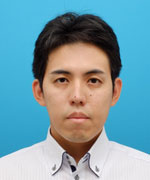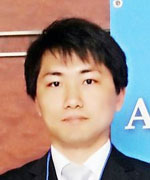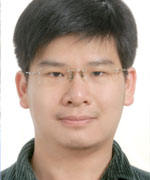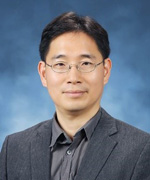Special Session
|
Special Session1 : Network intelligence in the age of IoT with SDN and NFV Chair: Dr. Jincheol Kim (SKT, Korea) |
|
RECO : An Open-Source Reconfigurable Core Network Prof. Jyh Cheng Chen ( National Chiao Tung University, Taiwan ) |
|
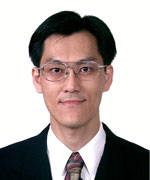 |
Abstract It is envisioned in the future that not only smartphones will connect to cellular networks, but also all kinds of different wearable devices, sensors, vehicles, etc. However, since the characteristics of different devices differ largely, people argue that future 5G communication systems should be designed to elastically accommodate these different scenarios. We propose a reconfigurable core network to achieve the NGMN vision of slicing the mobile networks to suit for different types of users. We also built a prototype based on openair-cn to demonstrate the architecture we proposed. The source code is open to anyone freely.
Bio. Jyh-Cheng Chen has been a Faculty Member with National Chiao Tung University (NCTU), Hsinchu, Taiwan since 2010. Prior to that, he was with Bellcore/Telcordia Technologies in New Jersey, USA, and National Tsing Hua University (NTHU), Hsinchu, Taiwan. He is also now serving as the Convener, Computer Science Program, Ministry of Science and Technology, Taiwan. Dr. Chen received numerous awards, including the Outstanding Teaching Awards from both NCTU and NTHU, the Outstanding Research Award from the Ministry of Science and Technology, the Outstanding I. T. Elite Award, Taiwan, the K. T. Li Breakthrough Award from the Institute of Information and Computing Machinery, and the Telcordia CEO Award. He is a Fellow of the IEEE and a Distinguished Member of the ACM. He was a member of the Fellows Evaluation Committee, IEEE Computer Society.
|
|
Special Session2 : Mobile Edge Computing and V2X for Autonomous Driving Chair: Dr. Jincheol Kim (SKT, Korea) |
|
Cooperative safety with V2X for automated driving systems and some ADAS applications : use cases and technologies Dr. Si Bok Yu ( Korea Automotive Technology Institute (KATECH), Korea ) |
|
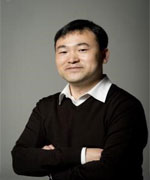 |
Abstract In this presentation, the current development status of vehicle automation systems in Korea is shortly summarized. The system use cases and test case for C-FVCWS (Cooperative-Forward Vehicle Collision Warning Systems) is discussed. C-FVCWS is the V2V based system which provides the warning service for drivers when there is a risk of collision with the forward vehicle on the same path with the ego vehicle. The presentation also includes the development of the system standard for C-PADS(Cooperative - Partially Automated In-Lane Driving Systems) and the test cases for C-PADS. The C-PADS is the system which the longitudinal control of the automated vehicle is activated by the wireless communication from the road infrastructure. The development project for C-FVCWS was finished in 2015, and the C-PADS is now in the 3rd year development phase.
Bio. Si-bok Yu, Ph.D., is the Director of Vehicle Autonomous Technology R&D Center in Korea Automotive Technology Institute(KATECH). He received the M.S. and Ph.D. from Aerospace Engineering department at Old Dominion University in Virginia.
|
|
App-Specific Edge Computing and In-Network Deep Learning Prof. Akihiro Nakao ( University of Tokyo, Japan ) |
|
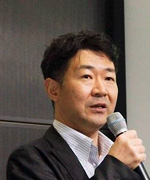 |
Abstract Network softwarization and network slicing are considered essential concepts for building 5G mobile networks and beyond to flexibly accommodating applications and services with a wide spectrum of diverse requirements. Mobile/Multi-access Edge Computing is also emerging technology to deal with ultra-reliable and low-latency applications. In this presentation, we introduce our research on application specific network slicing enabling edge computing for a target application utilizing flexible network infrastructure brought by network softwarization. We apply deep machine learning within networks to identify applications from given flows of traffic to create slices per application and to enable execution environments for edge computing per application.
Bio. Akihiro Nakao received his BS in Physics and ME in Information Engineering from the University of Tokyo. He worked at IBM Yamato Laboratory, Tokyo Research Laboratory, and IBM Texas Austin. He received his MS and PhD in Computer Science from Princeton University. Since 2005, he has been an Associate Professor and is now a Professor in Applied Computer Science at the Interfaculty Initiative in Information (III) Studies, Graduate School of Interdisciplinary Information Studies, University of Tokyo. He has been appointed as Chairperson of Department in III. He has also been appointed Chairman of the 5G Mobile Network Promotion Forum (5GMF) Network Architecture Committee by Japanese government.
|






